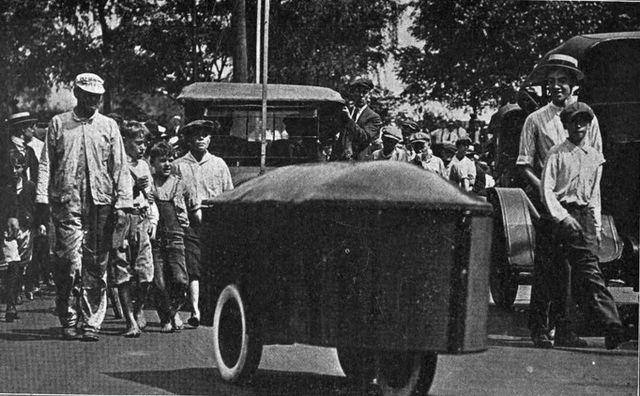An unmanned ground vehicle (UGV) is a vehicle that operates while in contact with the ground without an onboard human presence. UGVs can be used for many applications where it is inconvenient, dangerous, expensive, or impossible to use an onboard human operator. Typically, the vehicle has sensors to observe the environment, and autonomously controls its behavior or uses a remote human operator to control the vehicle via teleoperation.
A Gladiator Tactical Unmanned Ground Vehicle
Uran-9 unmanned ground vehicle
RCA radio controlled car. Dayton, Ohio 1921
Guardium used by the Israel Defense Forces to operate as part of the border security operations
Leonardo Torres Quevedo was a Spanish civil engineer, mathematician, and inventor
of the late 19th century and early 20th century. A member of the Royal Spanish Academy since 1920, he was also a corresponding member of the French Academy of Sciences, among other institutions. Torres was a prolific and versatile innovator in various fields of engineering, including mechanics, aeronautics and automatics. One of his greatest achievements was El Ajedrecista of 1912, an electromagnetic device capable of playing a limited form of chess that demonstrated the capability of machines to be programmed to follow specified rules (heuristics) and marked the beginnings of research into the development of artificial intelligence.
Autochrome by Auguste Léon, 1921
Cable car at the mount Ulía, inaugurated in 1907.
Aero car over the whirlpool on Niagara River, Canada.
Torres' Algebraic Machine








